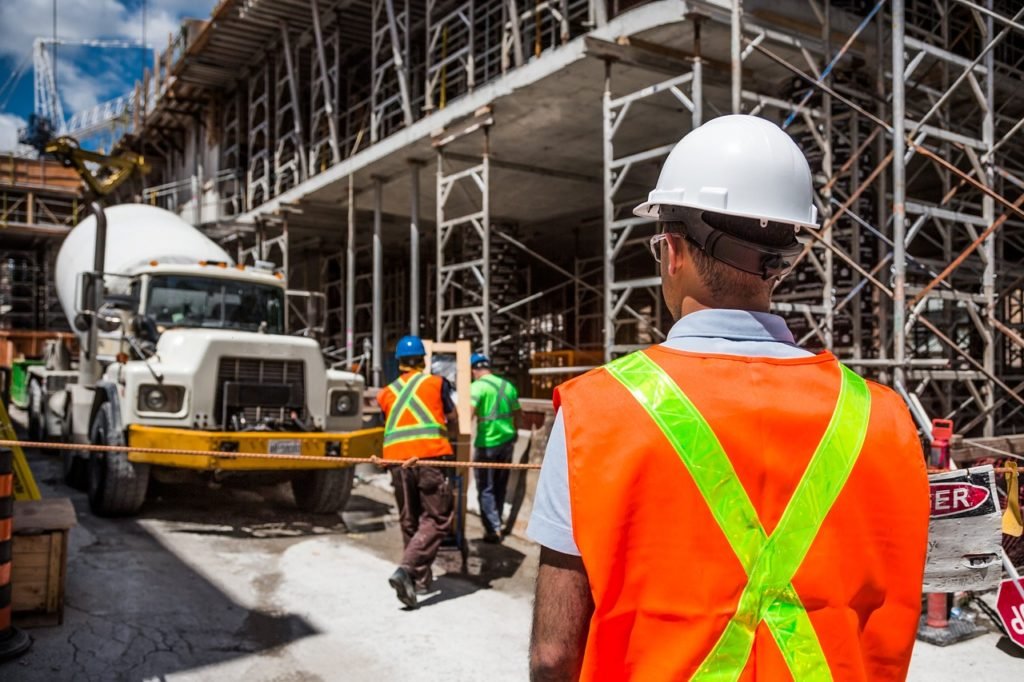Even in the face of challenges like talent shortages, rapid technological changes and volatility in the cost of materials, the construction industry continues to play a major role in building a modern world. According to a report published by the Southern Illinois University, the US construction industry employs about 5% of the entire workforce. Back in 1995, the total value of construction hit $550 billion or 8% of the country’s GDP. To match the challenges of global competition, young professionals in the industry must possess the necessary competence.
The skills in demand include technical design, foreign languages and regional studies. The other important competence is good understanding of the connection between culture and technology. Closer home, industry experts see strategies such as maintaining lean operations, winning over large clients and adoption of disruptive technology as critical in retaining competitive edge and standing out in future. According to construction software developer ESub, the top construction industry trends to watch over the coming years include:
1. Green technology – the trend towards green technology has been around for a long time. The incorporation is mostly geared towards building projects in an environmentally responsible way. The strategies cover building design, construction, maintenance and even demolition. The push is made more significant because of the growing world population and the fact that construction accounts for as much as 20% of all global emissions.
2. Better safety equipment – the development of better safety equipment will remain the focus of industry stakeholders over the coming years. Concerns about safety are mostly born out of the growing number of fatalities and accidents on construction sites. The trend towards better safety equipment has witnessed the unveiling of advanced equipment’s such as sensor and GPS connected work boots with the ability to detect geographical coordinates, falls and even exhaustion. The other developments include the use of drones and surveying equipment to map and monitor the work site for possible safety hazards.
3. Building information modeling – Building Information Modeling (BIM) systems can be used to design and analyze utilities, buildings and roads. Using the computing system, architects, engineers and other construction experts can come up with building design models before the actual construction commences. The models can be used to predict cost and see how well the construction materials will hold. Building owners, on the other hand, can use the system to build better projects and craft more sustainable maintenance schedules.
4. Rise in the cost of material – the cost of construction materials has been on steady rise. The cost factor is likely to have a huge impact on iron and steel products as well as lumber. This predicament is forcing many construction firms to analyze the cost repercussions while making preparations to stay competitive. Construction companies are now, more than ever using synthetic materials instead of the more expensive natural wood. This is part of the reason why synthetic dock material is increasingly being used in the construction of industrial docks. Unlike wood, the synthetic dock material can aptly withstand water damage.
5. Sustainability – although the notion of sustainability is closely tied to green technology and carbon neutral footprint, the whole concept also co-opts business models aimed at making the world a worthy place to live. The models generally place emphasis on efficient use of resources, environmental preservation and social progress. Builders can implement the idea by putting more effort in constructing homes that allow more natural lighting as a way to reduce energy cost. The other trend is reuse of construction materials and water.
Other trends likely to impact the industry
Advances in technology will remain a key cornerstone in the construction
industry. According to GenieBelt, the technological trends that will
shape the industry in the coming years include the use of self-heating
concrete, mass modular construction and Augmented Reality (AR). Modular
construction refers to the use of standardized processes to collate
construction materials and complete projects in a cost efficient manner. The
process is much speedier compared to the traditional construction practices.
Although research and testing of self-heating concretes is ongoing, the
material is likely to have a huge impact in the construction of roads and
buildings. It is estimated that some 5 billion tons of the material will be
consumed by 2030.












Leave a Reply